All Sea Turtles, are cold-blooded creatures, belonging to the reptile family, just like snakes, crocodiles or dinosaurs!
|
Hawksbill turtles are amongst the smallest of the seven species of sea turtles. They measures between 76 and 89 cm and weighs an average of 40 to 69 kg.
As a migratory species, they have a wide range of habitats, from the open ocean to lagoons and even mangroves in estuaries. In the early stages of their lives, like other young sea turtles, they live a pelagic life, staying at sea until they mature enough to settle down. |
Sea Turtle's face identification: Hawksbill VS Green turtle
Sea Turtle's Shell identification: Hawksbill VS Green turtle
Sea Turtle's Flippers identification: Hawksbill VS Green turtle
Hawksbill turtle VS Green turtle identification: belly shot
The Hawksbill turtle has a longer neck, and serrated carapace (looks closely in between the two back flipper) you may also see its beak!
|
Hawksbill turtles are omnivorous, beside sponges, they can also feed on anemones and jellyfish, mollusks or sea urchins. Most of these are toxic but do not make them ill, it is however believed that their meat is poisonous to humans.
Small reminder: Turtles do not have teeth, but a powerful jaw and a hooked beak allowing it to “tear” its prey. |
After about two months, these eggs will hatch. The little ones will then have to try to get back to the ocean quickly, at they risk of being eaten by birds or crabs!
Did you know? The temperature of the nest during the 60 days incubation will determine the sex of the litter! Cooler sand leads to more males hatching and vice versa.
It is estimated that millions of hawksbill turtles died in the 20th century due to carapace trade. Additionally, hawk-billed turtle eggs are still eaten across the globe, and turtles themselves are killed for their flesh.
|
Not only do we destroy the reefs they feed on, but they cannot find a quiet beach to lay their eggs anymore and many sea turtles dye eating plastic.
It is estimated that one in two turtles has already eaten plastic, a plastic bag that floats in water can be easily identified as a jellyfish by the turtle but is a lot harder to digest... |
You want to know more about Sea turtles?
|
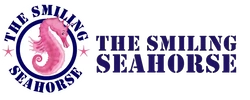
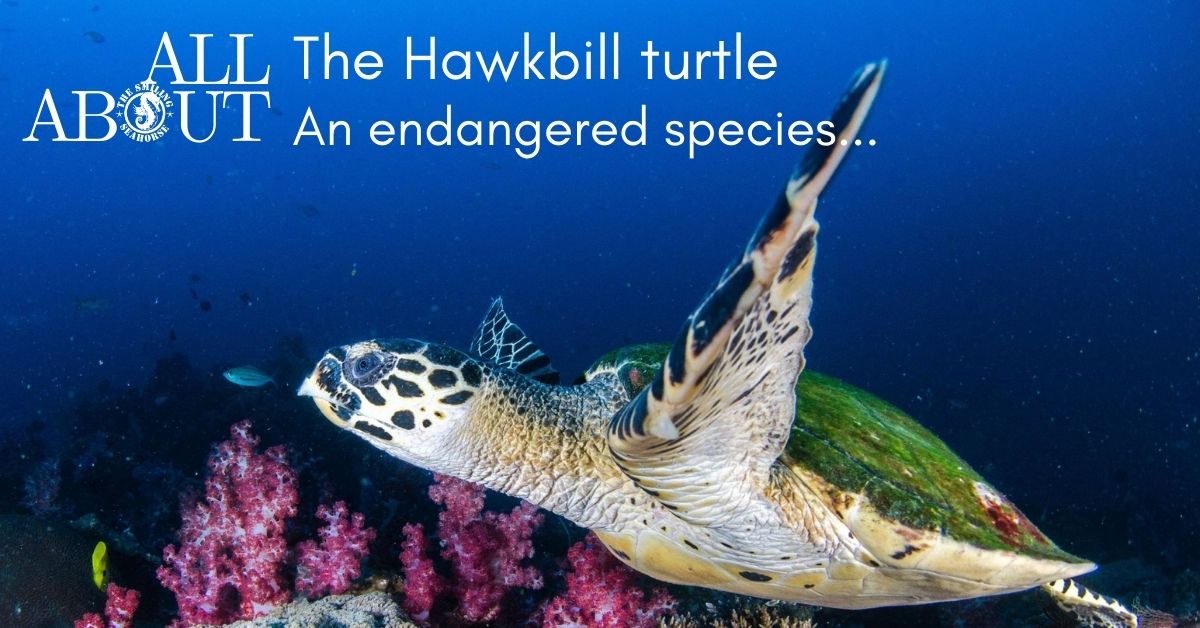
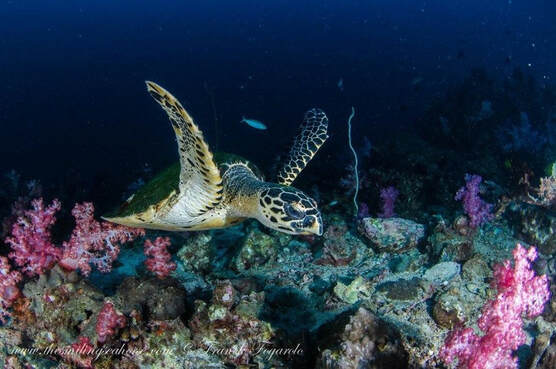
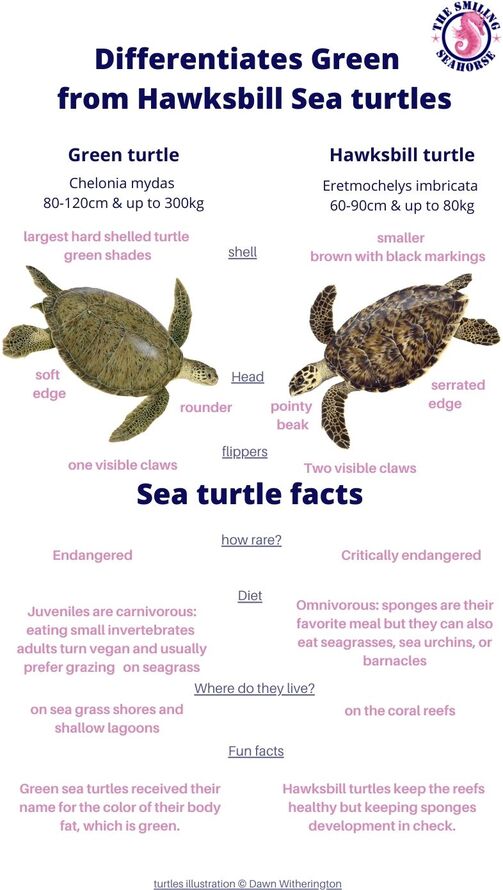
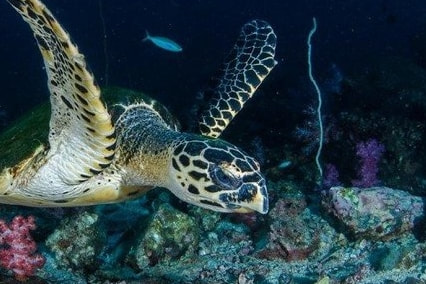
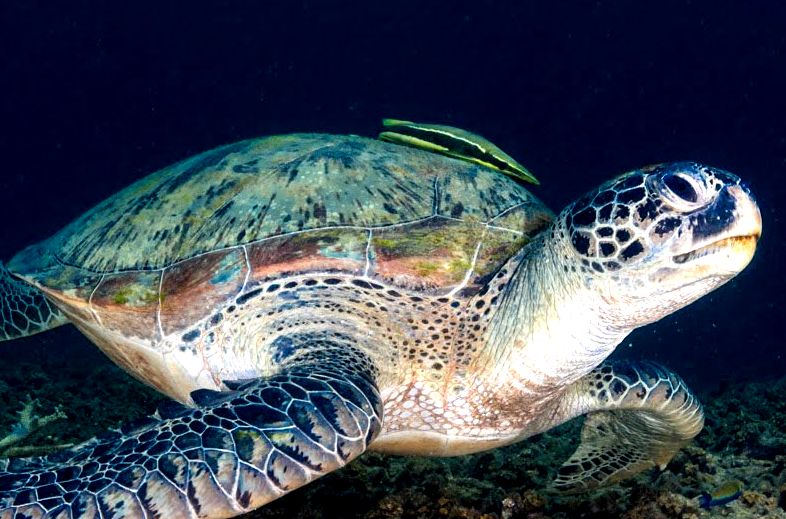
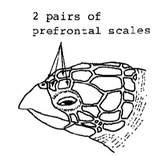
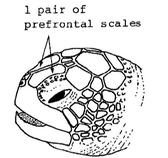
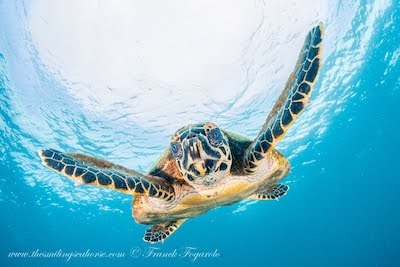
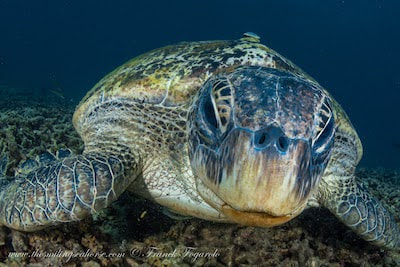
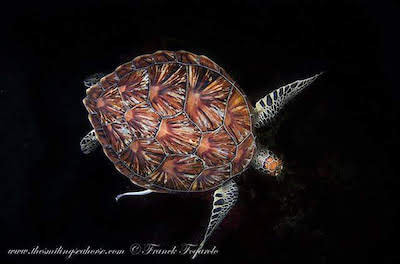
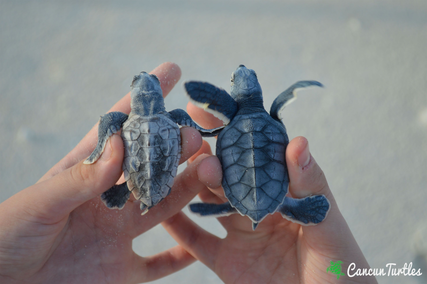
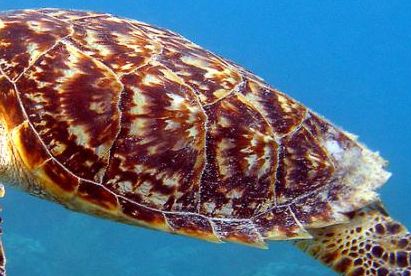
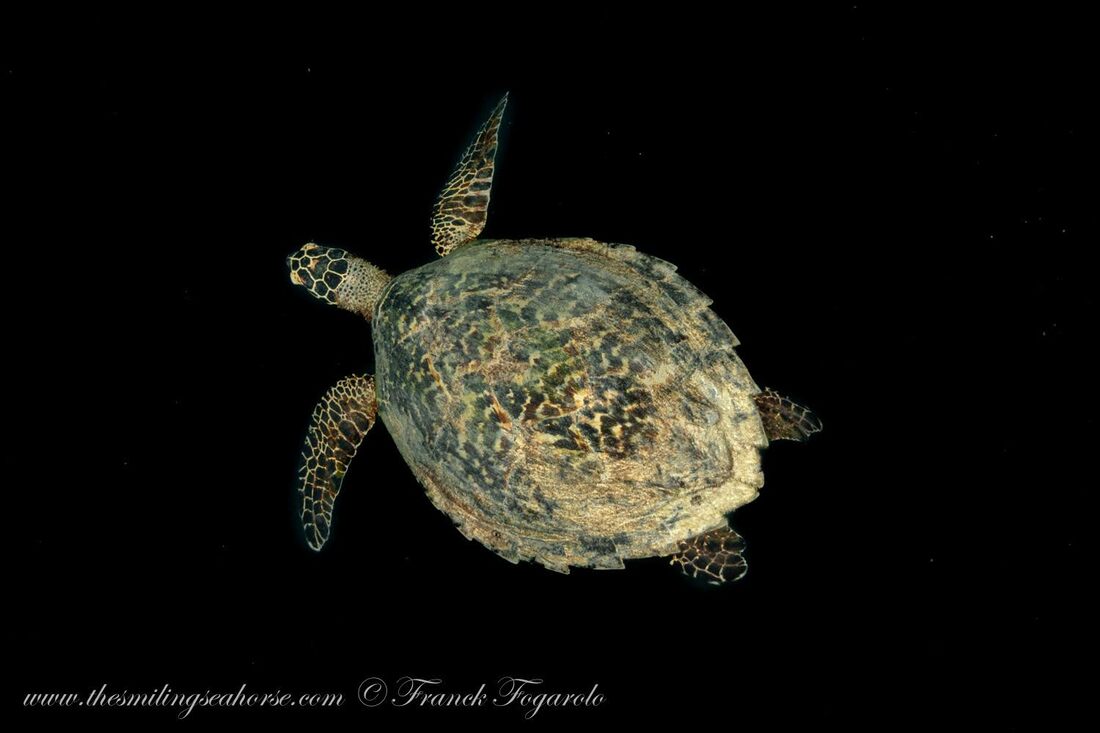
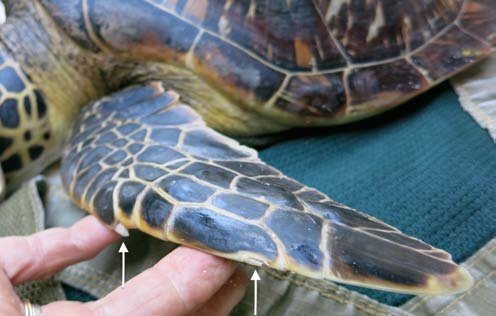
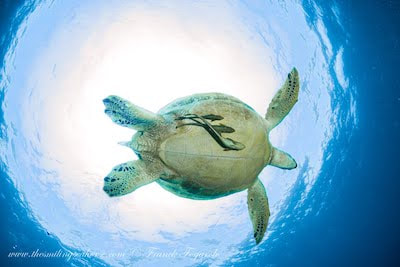
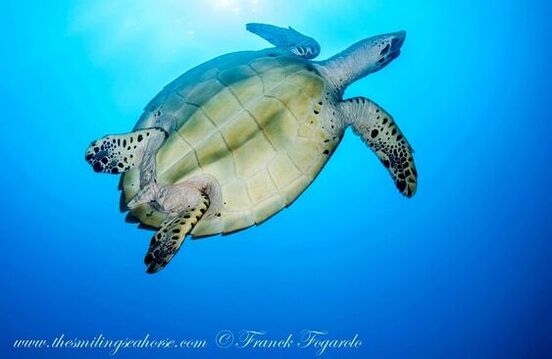
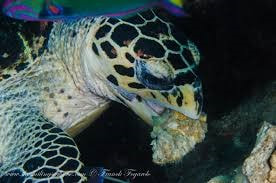
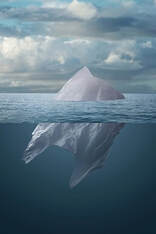
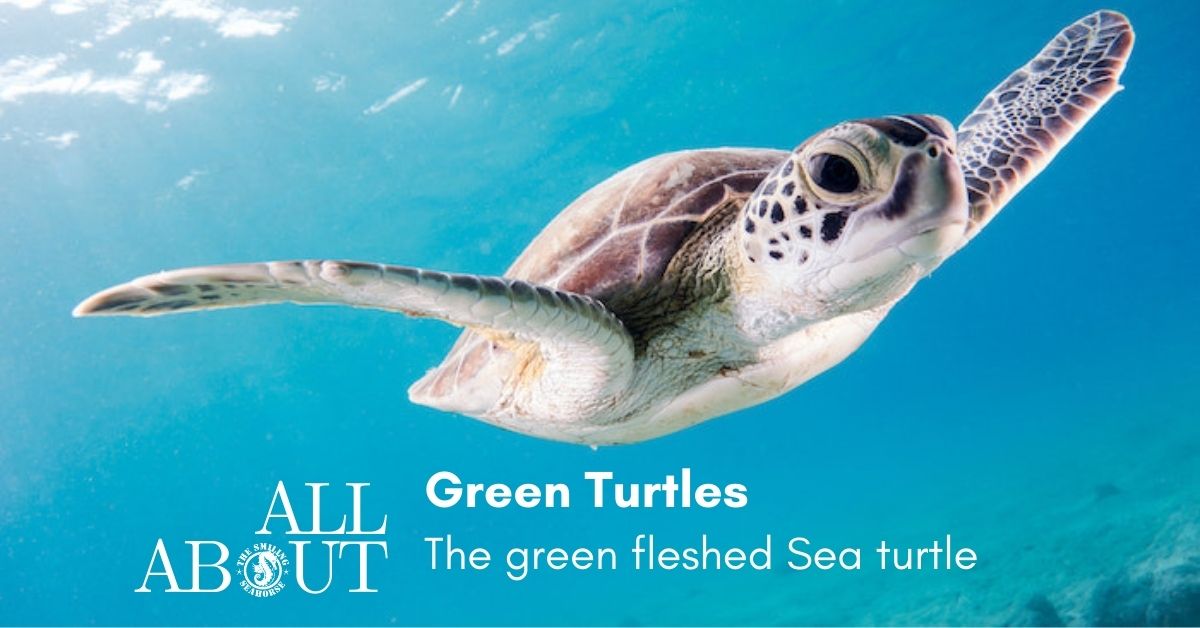
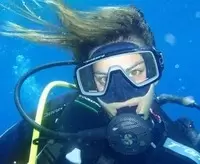
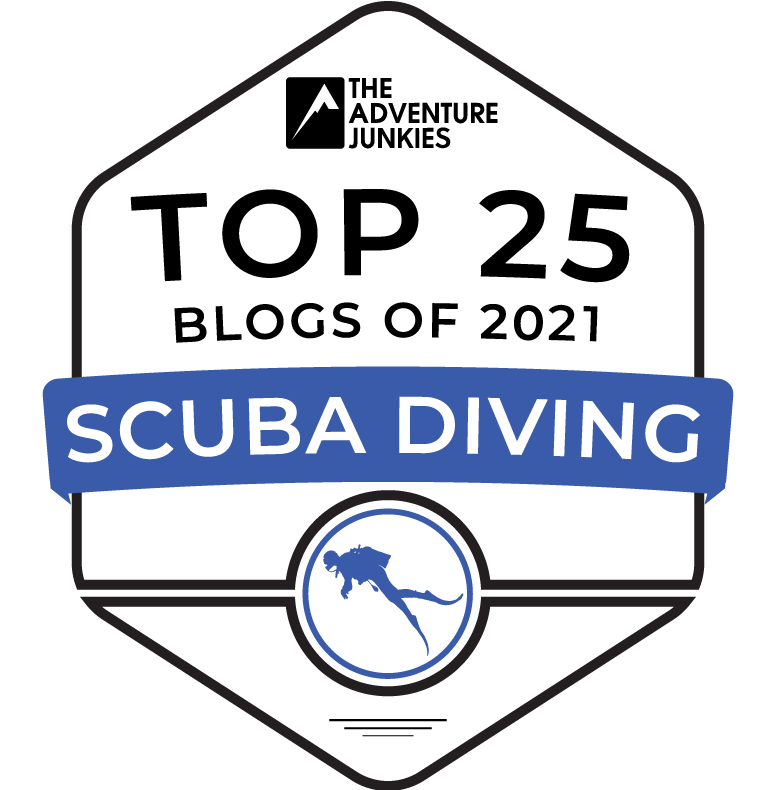
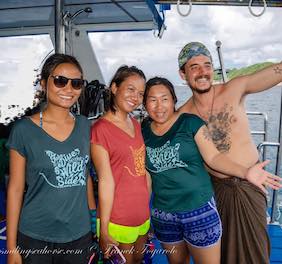
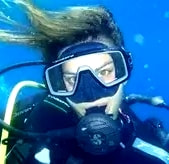
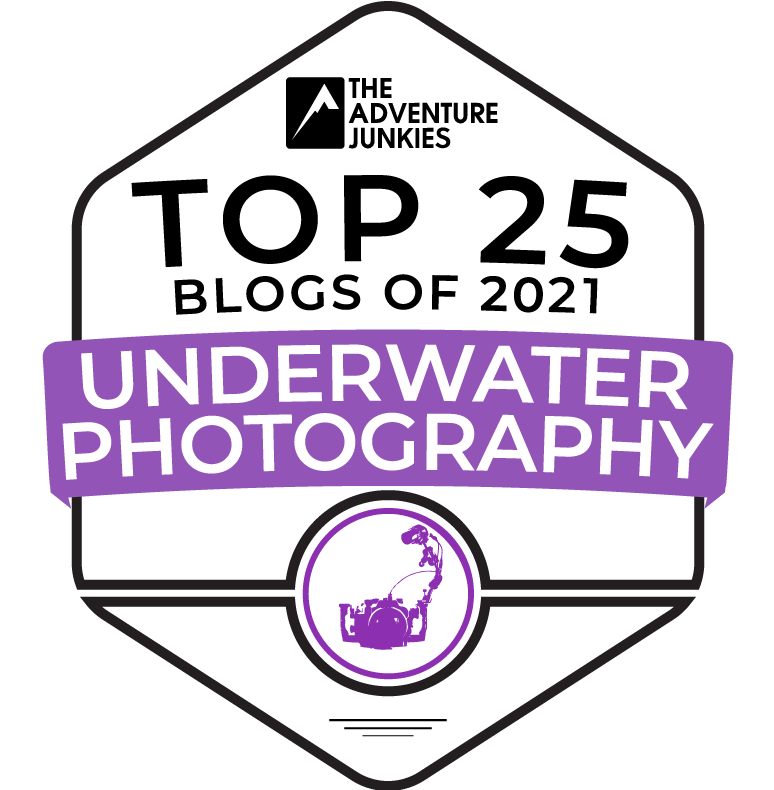
 RSS Feed
RSS Feed




